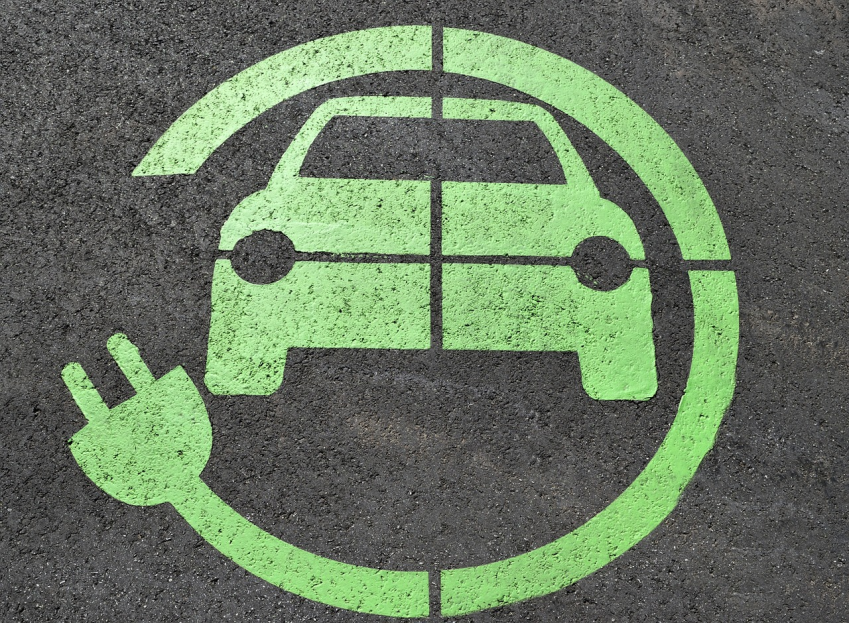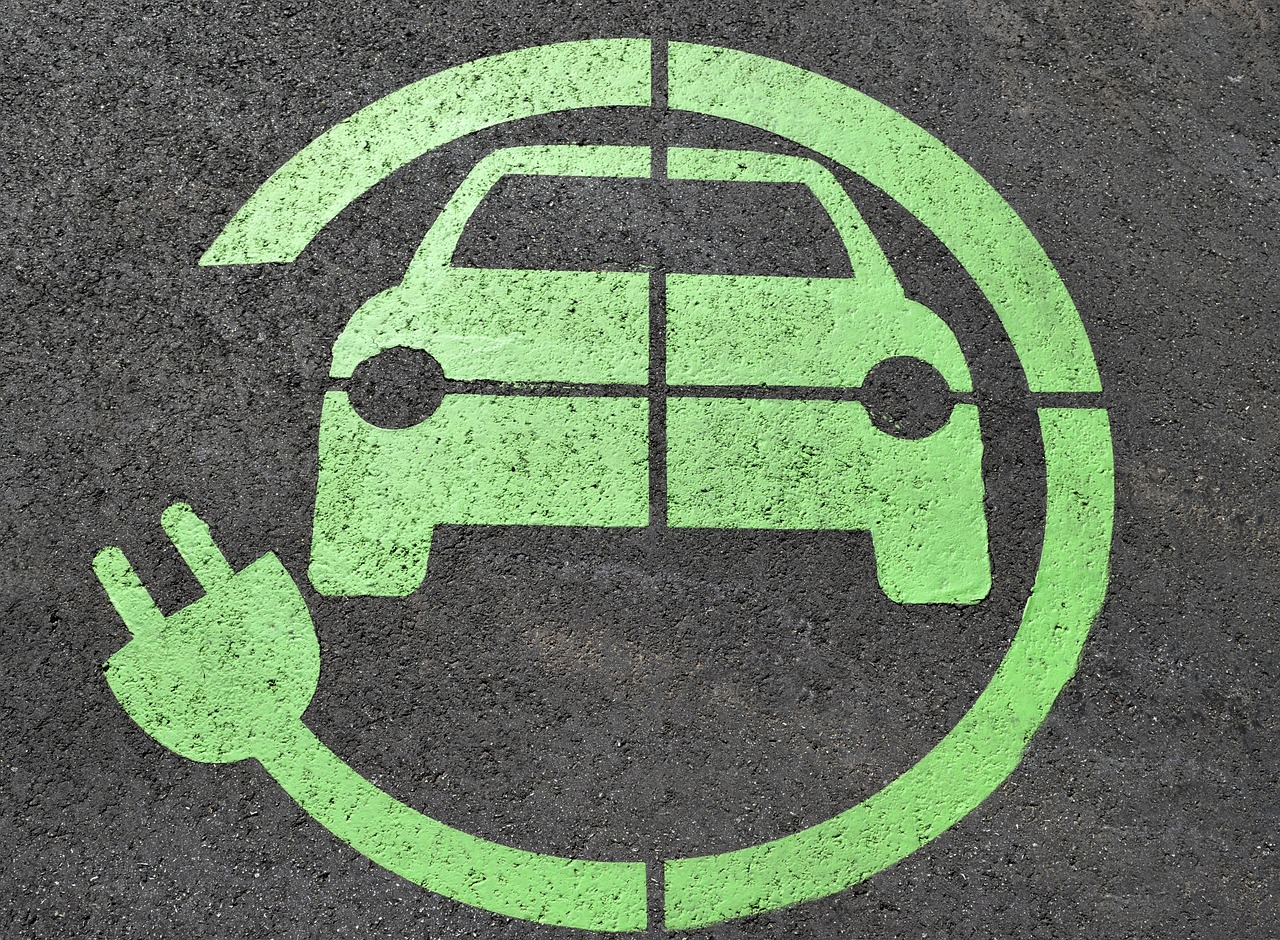News

A large lithium mine at Beauvoir

A large lithium mine in Beauvoir
Lithium is easy to recognize: it's the white powder found in our electric batteries. The French government firmly believes in the future of this industrial sector, and has given its backing to the Emili project, undertaken by Imerys, to develop Europe's second-largest lithium mine, after the Rhineland mine in Germany, at Beauvoir in the Allier department. The one-million-tonne deposit will extract 34,000 tonnes of lithium a year for a period of 25 years.
Firstly, to free ourselves from dependence on lithium imports from China, and secondly to consolidate the choice made at European level to replace combustion engines with electric motors.
The ecological impact of lithium mining
However, there are at least two issues to consider: one ecological, the other economic. Let's start with three ecological considerations.
In the Beauvoir mine, the lithium concentration is 1%, so that 100 tonnes of rock have to be extracted to obtain one tonne of lithium. When we consider the objective of extracting 34,000 tonnes of lithium per year, we need to multiply by 100 to calculate the rock to be extracted: three million four hundred thousand tonnes per year. Just imagine the impact on the landscape. Of course, the plan is to mine the deposit underground, which will minimize the impact of dust. One tonne of lithium extracted is expected to generate 8 kg of CO², compared with twice that in Australia and 20 in China. But water consumption will still have to be reduced.
As we said last month when commenting on the recent Paris Motor Show, where electric vehicles were in the limelight, lithium extraction involves the evaporation of brine: to extract 1 tonne of lithium, 1 million liters of water are needed. The construction of a single battery for a Zoé, the entry-level electric vehicle, corresponds to the water consumption of 500 people for an entire year. Now let's do the math: to extract 34,000 tonnes at Beauvoir, we'd need to spend thirty-four billion liters of water. Let's repeat the figure: thirty-four billion liters in one year.
Moreover, this race for lithium to fill our batteries neglects the question of recycling: while it is possible to melt down a combustion engine, many of our battery cells will have to be buried, which is hardly satisfactory in itself.
Economic impact of the lithium race
Finally, the race for lithium means a race to replace motors with batteries, which will mean the sacrifice of a considerable number of jobs. Whereas today it takes five workers to assemble a motor vehicle, only three will be needed for an electric vehicle. What's more, the number of intermediaries, such as petrol stations, will dwindle, as will the number of mechanics, since maintaining batteries will be much easier than maintaining motors.
Clearly, technical progress always leads to a reorganization of work, both destructive and constructive: this is Schumpeter's principle. It's a pity, though, that forty years of neglect of the civil nuclear fleet, once the envy of the whole world, has led to a rise in the cost of electricity, indirectly driving up the cost of the whole electric mobility sector.
A large lithium mine in Beauvoir
Sources :
Energy transition and sovereignty: Imerys plans to mine lithium in the Allier region of France
Lithium: one of Europe's largest mines soon to open in Auvergne
For more podcasts on current events, visit News .
Want to know more?
The post A large lithium mine in Beauvoir appeared first on ISEADD.













No comment
Log in to post comment. Log in.